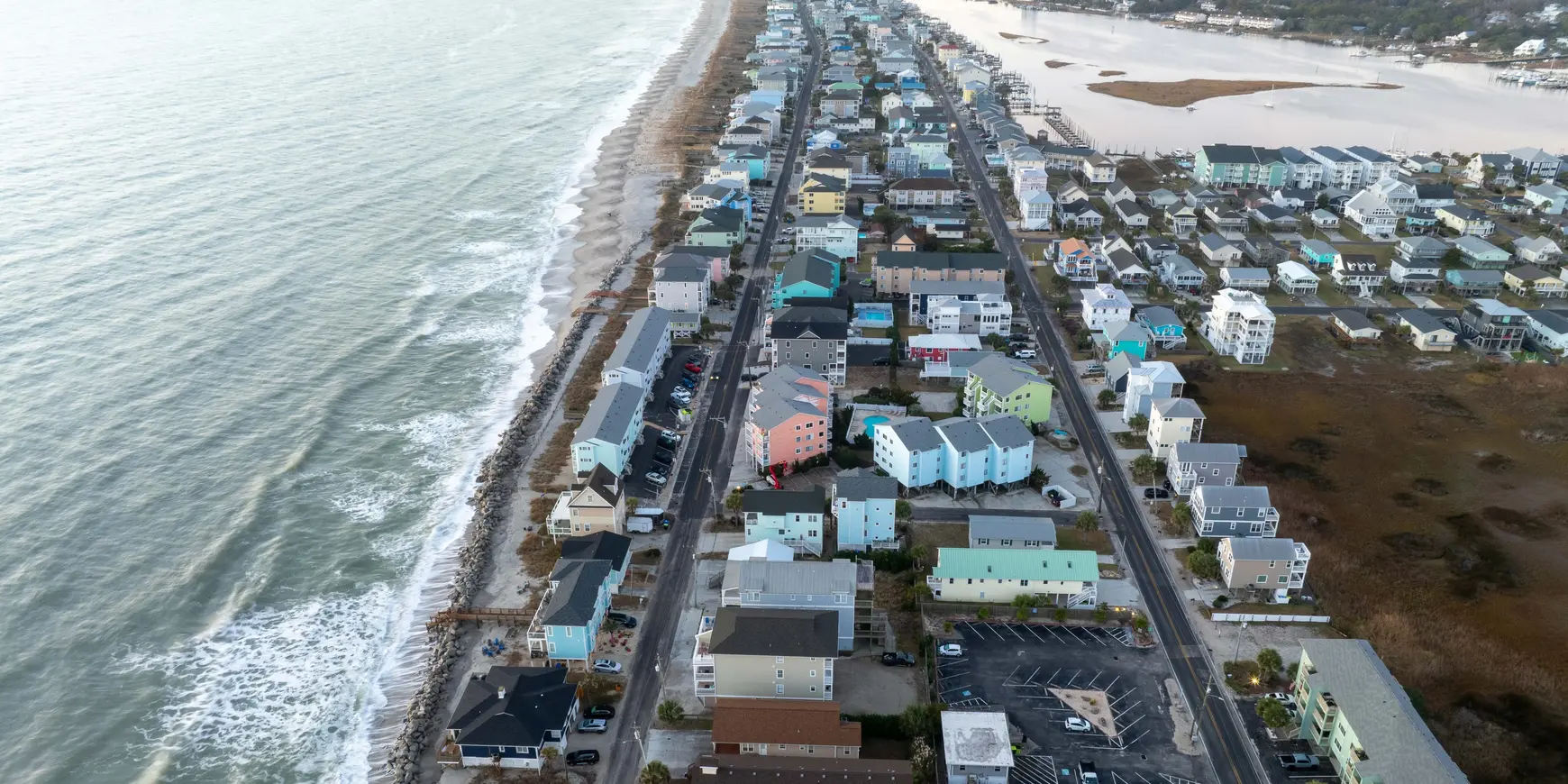Synopsis
Researchers from the GFZ German Research Centre for Geosciences in Potsdam and the University of Southern California have indicated that global warming will likely result in more frequent and potentially stronger earthquakes worldwide. Their findings, published in the journal Seismological Research Letters, attribute this trend to the escalating sea levels and the heightened frequency of intense storms triggered by human-induced climate change. The rising sea levels, a phenomenon underscored by the Intergovernmental Panel on Climate Change (IPCC), alongside the intensification of extreme weather events, contribute to increased hydrostatic pressure underground, altering seismic cycles. Consequently, there's an elevated risk of earthquakes and associated hazards like landslides, tsunamis, and liquefaction, particularly in coastal regions.
Background: Earthquake Origins
Earthquakes stem from abrupt movements within rock formations, releasing accumulated energy in the form of seismic waves. These movements, accumulating over extended periods due to tectonic plate shifts, culminate in the sudden slipping of fault lines, marking an earthquake. The loading and releasing of stress on fault lines, known as seismic cycles, vary in duration based on geological conditions.
Impact of Human-Induced Climate Change
Human-induced climate change, manifested through global warming, accelerates the melting of polar ice caps, chiefly in Antarctica and Greenland, leading to rising sea levels worldwide. IPCC reports highlight a significant rise in sea levels since the 20th century, projecting further increases by 2100. Additionally, the prevalence of severe storms is on the rise, exacerbating seismic risks by elevating hydrostatic pressure on tectonic faults beneath seawaters. Coastal regions, home to 40% of the global population, face heightened vulnerability to earthquake-related hazards.
Rising Seismic Risk
The combination of rising sea levels and intensified storms heightens the likelihood of earthquakes globally, particularly in coastal areas. Even slight fluctuations in sea levels can trigger seismic events, evidenced by observations from various man-made activities. Critical fault zones, prevalent in coastal regions, pose significant risks to densely populated areas, necessitating comprehensive seismic hazard assessments and infrastructure resilience measures.
The Need for Further Study
Researchers emphasize the imperative of comprehensive studies to quantify the seismic repercussions of rising sea levels and extreme weather events. Suggestions include enhanced seismic monitoring in regions experiencing significant ice melt, enabling better forecasts of global seismic activity. Learning from past seismic events, such as those in Scandinavia following the last ice age, underscores the importance of proactive mitigation strategies, especially for coastal megacities and critical infrastructure.
Looking Ahead: Addressing Climate Change and Enhancing Seismic Preparedness
Mitigating the seismic risks induced by climate change requires concerted efforts to curb anthropogenic temperature rise and bolster earthquake monitoring and prevention measures. Integrating climate-induced earthquake hazards into risk mitigation strategies, particularly for coastal regions and megacities, is paramount for fostering resilience in the face of evolving environmental challenges.













0 Comments